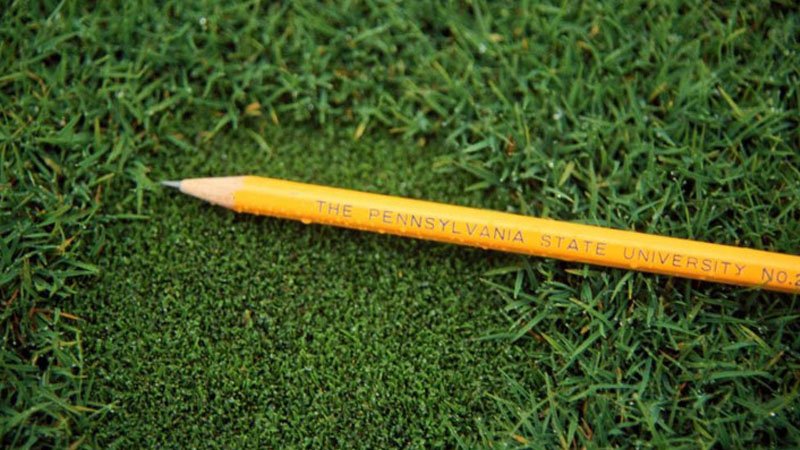
Poa annua possesses transgenerational memory, or the ability to "remember" whether its parent was mowed or not mowed, a trait that actually becomes part of the plant's DNA, according to research at Penn State.
The discovery is part of ongoing research by David Huff, professor of turfgrass breeding and genetics at Penn State, to breed Poa annua to produce seed for use on golf course putting greens.
"We learned that mowing Poa annua increases global DNA methylation, a process allowing it to pass on the environmental effects of mowing to its unmowed offspring," Huff said in a news release by Penn State. "The transgenerational 'plasticity' in Poa annua — the ability of the grass to adapt to changes in its environment — is conferred, in part, by an epigenetic mechanism that modifies the function of the genes and affects gene expression."
The ability of Poa to "remember" (and "forget") mowing explains why his efforts to breed the species to develop and enhance qualities valued on golf course putting greens have repeatedly failed, Huff said. In 1994, he began breeding Poa annua with the goal of developing a commercial variety for use on golf course putting greens. The USGA awarded funding for about a decade to do this breeding.
"After 10 years or so, I had some beautiful lines — about a dozen elite lines — and I went into seed production," Huff said in the news release.
After about two or three generations of seed increase and collection and no mowing, the dwarf type reverted back to its weedy roots. The process repeated itself several times.
One of those lines was a dwarf type that would have been ideal for use on putting greens, Huff said. After about two or three generations of seed increase and collection and no mowing, the dwarf type reverted back to its weedy roots. The process repeated itself several times.
"I asked myself, 'what the heck happened?' " Huff said. "At first, I thought my lines must be breeding with weeds in a nearby field."
He fumigated his plots and grew the next generation of Poa on plastic. He put a graduate student on the project and together they did more cross-breeding and performed more genetic studies.
"We found out the dwarf phenotype that we loved so much for the putting green surface is unstable," he said. "And that's what led us to this research."
After extensive genetic analysis and comparison of mowed and unmowed Poa annua clones over several generations, researchers saw that the "stress" from mowing affected the development of the turfgrass. In recently published findings, they reported that they have observed that the transgenerational inheritance of close mowing stress is correlated with heritable patterns of DNA methylation.
"The lack of mowing stress enabled Poa annua to reduce the transgenerational memory of mowing stress, that is, 'forget' the memory of mowing stress, presumably by removing epigenetic marks," said Chris Benson, a doctoral candidate in plant biology who spearheaded the research. "We believe that such transgenerational memory would be further entrenched or relaxed across additional generations of continued or relaxed mowing stress. We think we can use this knowledge to overcome the genetics and produce stable cultivars."
The transgenerational memory of Poa probably stems from the plant's need to adapt to the stress of grazing animals over time, Benson said. Such stress, Benson said, can be vary based on differing degrees in grazing pressure.


